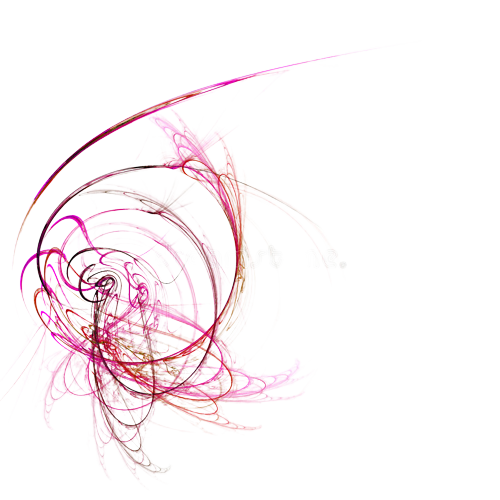What are the adaptations of hydrophytes?
Adaptations that are commonly seen in hydrophytes:
- Floating leaves: the leaves are thin, flat and have large air spaces inside to give them buoyancy.
- Thin waterproof waxy cuticle: it is very thin as there is little need to prevent water loss.
What are the characteristics of hydrophytes?
Hydrophytes are aquatic plants that have adapted to survive in a variety of aquatic conditions.
- Flat Leaves.
- Feathery Roots.
- Air Sacks.
- Water Retention.
What are the various adaptations seen in Xerophytes and hydrophytes?
Difference
| Hydrophytes | Xerophytes |
|---|---|
| Roots lacking or feebly developed. | Well developed root system. |
| Root hairs absent or feebly developed. | Hairy roots present. |
| Root caps absent. | Root caps present. |
| Roots fibrous type and adventitious. | Roots fasciculated. |
What are the morphological adaptation of hydrophytes?
They have extensive air-spaces in their leaves, stems and roots. This helps in keeping the buoyancy of plants and facilitates exchange of gases. The epidermis usually lacks cuticle or periderm and stomata are not present in the submerged leaves. Hydrophytes have reduced vascular elements.
What are the 3 types of adaptations?
There are three types of adaptations: structural, physiological, and behavioral.
What do hydrophytes do?
A plant that is adapted to living either in waterlogged soil or partly or wholly submerged in water. Many hydrophytes absorb water and gases over the whole surface and have no stomata like the spiked water milfoil (Myriophyllum spicata), which is completely submerged in water.
How do hydrophytes withstand water current?
In amphibious plants, the leaves are of two kinds (submerged and aerial leaves). The submerged leaves show resistance against potential damage by the water current and absorb dissolved carbon dioxide. The leaves of emergent hydrophytes resemble the leaves of terrestrial plants.
Which of the following is not an adaptation of hydrophytes?
So, the correct answer is ‘fleshy leaves’
What do you mean by adaptive anatomical features of hydrophytes explain?
Plants that grow in water or very wet places are known as hydrophytes. They can be submerged or partly submerged, floating or amphibious. Their structural adaptations are chiefly due to the high water content and the deficient supply of oxygen.
What are hydrophytes briefly discuss the different kinds of hydrophytes with examples?
Rooted-submerged hydrophytes: These plants are completely submerged in water and rooted in the soil and not in contact with air. Examples: Hydrilla, Vallisneria, and Isoetes. Amphibious hydrophytes (Rooted emergent hydrophytes): These plants are adapted to both aquatic and terrestrial modes of life.
What are the adaptations of a bird?
Many of the bones in a bird’s body are hollow, making the bird lightweight and better adapted to flying. Birds also have feathers that make flight easier. Long feathers on the wings and tail help birds balance and steer and other feathers provide insulation and protect birds from the sun’s ultraviolet rays.
